Passion fruit, with its vibrant colors and tropical flavor, has become a beloved ingredient in kitchens worldwide. Whether enjoyed fresh, juiced, or incorporated into desserts, this exotic fruit offers a unique taste profile. However, like many perishable foods, passion fruit has a limited shelf life, and understanding how to store it properly can make a significant difference in preserving its quality. This article explores the factors influencing passion fruit’s longevity, from harvesting to storage techniques, and provides actionable tips to maximize its freshness.
Understanding Passion Fruit: Types and Ripeness
Before diving into storage methods, it’s essential to recognize the two primary varieties of passion fruit: purple passion fruit (Passiflora edulis) and yellow passion fruit (Passiflora edulis flavicarpa). Purple passion fruit, smaller and sweeter, is commonly grown in tropical regions, while yellow passion fruit, larger and more acidic, thrives in subtropical climates. Both types share a similar storage lifespan, though minor variations may occur due to their thickness and sugar content.
Ripeness plays a critical role in determining how long passion fruit can be stored. Unripe passion fruit is firm, smooth, and green or purple, depending on the variety. As it ripens, the skin wrinkles and softens, signaling increased sweetness and aromatic intensity. While many assume wrinkled skin indicates spoilage, it is often a sign of peak ripeness. However, overripening can lead to deterioration, making timing crucial for storage.
How Long Does Passion Fruit Last at Room Temperature?
When stored at room temperature (typically 68–77°F or 20–25°C), whole, uncut passion fruit can last 7–10 days. This duration applies to fruit that is already ripe or near-ripe. If the passion fruit is still firm and unripe, it may last slightly longer, up to two weeks, as it continues to ripen gradually. However, environmental factors such as humidity and exposure to sunlight can accelerate or slow this process.
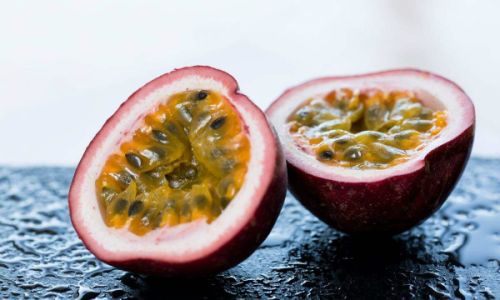
To optimize shelf life at room temperature:
- Avoid direct sunlight: Place passion fruit in a cool, shaded area, such as a pantry or kitchen counter away from windows.
- Do not stack: Lay fruit in a single layer to prevent bruising and moisture buildup.
- Monitor ripeness: Check daily for wrinkles, softness, and aroma. Once the skin becomes deeply wrinkled and the fruit feels plump, it is best consumed or refrigerated to prevent overripening.
Refrigeration: Extending Shelf Life
Refrigeration is the most effective way to prolong passion fruit’s freshness. When stored in the refrigerator’s crisper drawer (ideal temperature: 40–45°F or 4–7°C), whole passion fruit can last 2–3 weeks. The cold environment slows ripening and microbial activity, preserving texture and flavor.
Best practices for refrigerating passion fruit:
- Keep it dry: Do not wash the fruit before storing, as excess moisture can promote mold growth.
- Use a breathable container: Place passion fruit in a paper bag or a perforated plastic bag to maintain airflow while preventing dehydration.
- Avoid ethylene-sensitive produce: Passion fruit is not highly sensitive to ethylene gas, but storing it away from ethylene-producing fruits (e.g., apples, bananas) can prevent premature ripening.
Freezing Passion Fruit: A Long-Term Solution
For those seeking to preserve passion fruit beyond three weeks, freezing is an excellent option. Frozen passion fruit can retain its quality for 6–12 months, though it is best used within the first six months for optimal taste and texture.
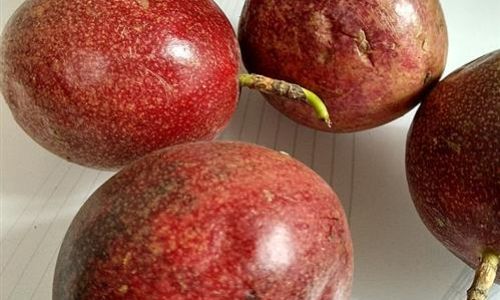
Freezing methods:
- Whole fruit: Place unwashed passion fruit in an airtight freezer bag, removing as much air as possible. Thaw at room temperature before use. Note that the skin may become soft after thawing, making it less ideal for serving whole.
- Pulp or juice: Cut the fruit in half, scoop out the pulp, and strain to remove seeds (optional). Transfer the pulp to ice cube trays or freezer-safe containers. Frozen pulp is perfect for smoothies, sauces, or desserts.
- Puree: Blend the pulp with a small amount of water or sugar, then freeze in portions. This method works well for recipes requiring instant passion fruit flavor.
Thawing tips:
- Move frozen passion fruit to the refrigerator 24 hours before use.
- For quick thawing, submerge a sealed bag in cold water for 30–60 minutes.
- Avoid microwaving, as it can alter texture and flavor.
Cut or Processed Passion Fruit: Shelf Life and Storage
Once passion fruit is cut or processed, its shelf life diminishes rapidly. Exposed to air, the pulp oxidizes and loses moisture, leading to spoilage.
- Cut passion fruit: Store in an airtight container in the refrigerator for 2–4 days. To reduce oxidation, brush the exposed pulp with lemon juice or cover it with plastic wrap directly touching the surface.
- Passion fruit juice or puree: Refrigerated in a sealed container, it can last 5–7 days. Freezing extends this to 6–12 months.
- Dried passion fruit: Dehydrated slices or pulp can be stored in a cool, dark pantry for 6–12 months when sealed in airtight containers.
Signs of Spoilage: When to Discard Passion Fruit
Knowing when passion fruit has gone bad is essential to avoid foodborne illness. Key indicators include:

- Mold or fungus: Fuzzy green, black, or white spots on the skin or pulp.
- Off-putting odor: A fermented or sour smell instead of the usual sweet-tart aroma.
- Discoloration: Dark brown or blackened pulp, or a sunken, mushy texture.
- Liquid leakage: Excessive moisture or syrupy residue around the fruit.
Important note: Wrinkled skin alone is not a sign of spoilage. In fact, slightly shriveled passion fruit often has the most concentrated flavor. Trust your senses—if the fruit looks, smells, or feels abnormal, it’s safer to discard it.
Maximizing Shelf Life: Pro Tips
- Purchase wisely: Choose passion fruit with uniform color and minimal blemishes. Avoid fruit with cracks, soft spots, or mold.
- Handle gently: Bruising accelerates spoilage, so transport and store fruit carefully.
- Ethylene management: While passion fruit is not highly ethylene-sensitive, storing it away from ethylene-producing fruits (e.g., apples, tomatoes) can prevent overripening.
- Repurpose leftovers: Overripe passion fruit can be cooked into sauces, jams, or syrups to extend its usability.
The Science Behind Passion Fruit Spoilage
Passion fruit, like all fresh produce, deteriorates due to enzymatic reactions, microbial growth, and moisture loss. Enzymes naturally present in the fruit break down cell walls, leading to softening and texture changes. Microorganisms like bacteria and molds thrive in moisture-rich environments, causing spoilage. Refrigeration slows enzymatic activity and microbial reproduction, while freezing halts these processes almost entirely.
Comparing Passion Fruit to Other Tropical Fruits
Passion fruit’s shelf life is relatively short compared to hardier fruits like pineapples or mangoes but longer than delicate berries. For context:
- Avocado: 3–7 days at room temperature, 1–2 weeks refrigerated.
- Mango: 5–7 days at room temperature, 1–2 weeks refrigerated.
- Papaya: 3–5 days at room temperature, 1 week refrigerated.
- Passion fruit: 7–10 days at room temperature, 2–3 weeks refrigerated.
This comparison underscores the importance of timely consumption or proper storage for passion fruit.
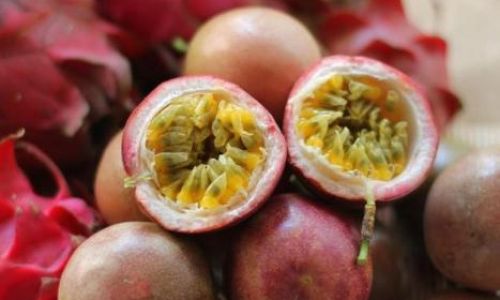
Creative Ways to Use Passion Fruit Before It Spoils
To minimize waste, incorporate passion fruit into your meals throughout the week:
- Beverages: Passion fruit juice, lemonade, or cocktails.
- Desserts: Pavlova topping, cheesecake swirl, or sorbet.
- Breakfast: Yogurt parfaits, oatmeal, or pancake batter.
- Savory dishes: Passion fruit glaze for meats, salsa, or salad dressings.
Conclusion: Enjoying Passion Fruit at Its Best
Passion fruit’s fleeting freshness is a testament to its delicate nature, but with mindful storage, you can savor its tropical charm for weeks or even months. By understanding ripeness cues, utilizing refrigeration and freezing techniques, and avoiding common pitfalls like moisture buildup, you can ensure every passion fruit meets its full potential. Whether enjoyed fresh off the vine or blended into a frozen treat, this vibrant fruit deserves a place in every kitchen—provided you know how to keep it at its best.
Final tip: When in doubt, remember the golden rule of produce storage—when it looks and smells appealing, it’s ready to eat. Trust your senses, and let passion fruit’s tangy sweetness elevate your culinary creations.
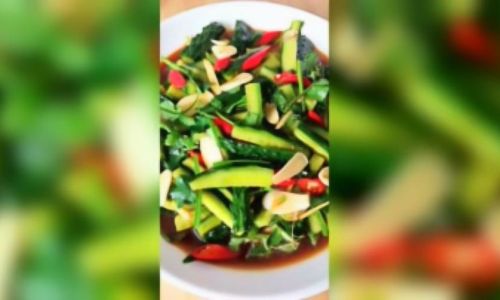

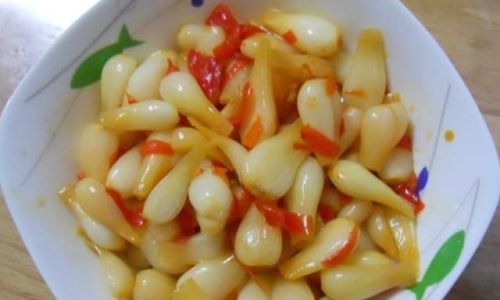


0 comments